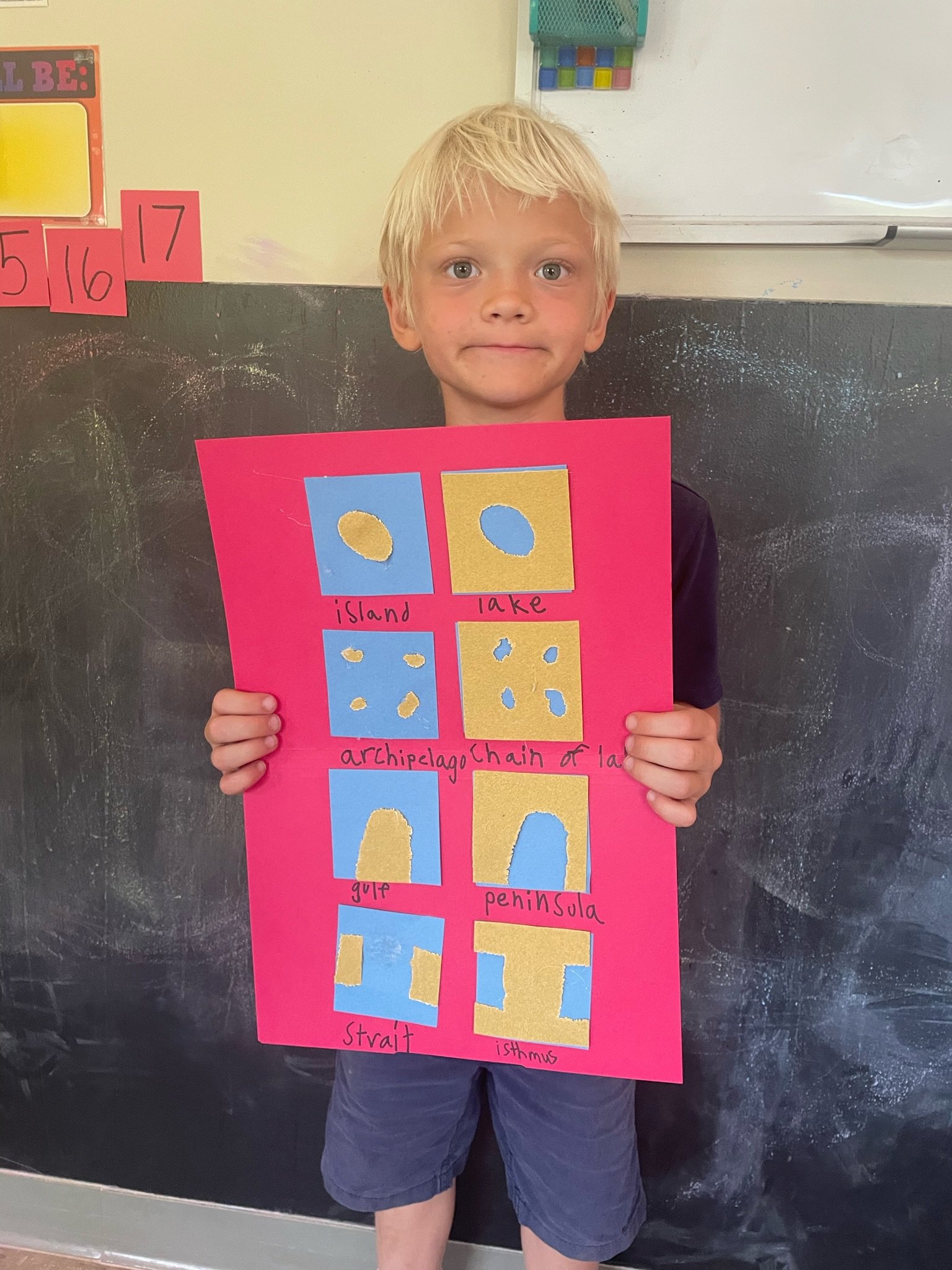Our Daily Structure
This is part 3 of a 5 part series on what it means to be a Classical School. If you missed the two posts of the series you can click on the link below to read them.
Part 1.
What Does it Mean to be a Classical School?
Part 2.
The Intentionally Small School: Mixed Age Classes and Individualized Academics
Part 3.
Our Daily Structure: Morning Block and Afternoon Block
Part 4.
Extended Unstructured Outside Time
Part 5.
Time Management
Part 3: Daily Structure
The structure of our school day is intentionally designed to align with the child's natural rhythm of focus, learning, and play. We have structured academics in the morning, unstructured outside time at lunch, and hands-on learning in the afternoon.
Morning Block 9:00 am- 12:00 pm
The first part of the day is when the students dive deeply into their core academics. During this time, the teachers provide either one-on-one lessons, small-group lessons, or whole-group lessons. The students also use this time to work independently. The morning academic period will differ depending on the grade; we use the trivium as our guide for determining the core classes and the 4-year rotation of topics.
In the lower school, or grammar phase, the students' minds are growing rapidly, and their ability to retain knowledge is at its peak. Their academic morning block is based on the building blocks of what will become their classical curriculum. It is made up of a math table and understanding of long division (without a calculator), reading (comprehending what they have read), and writing with an emphasis on correct grammar and spelling. This strong core sets them up for the next phase of learning which begins in 5th grade.
Beginning in 5th grade, the middle school students are now in the logic phase. They have mastered the knowledge needed in the early years of schooling and are now ready for a deeper understanding of how to put it all together. Math, Latin, World History, American History, Language Arts, Geography and Science now make up their academic mornings. They begin note-taking and engaging in lecture-style classes. They learn to analyze what they read in order to have meaningful group discussions. They begin to have session tests and learn study skills.
In the Middle School, students move into math levels. The average eighth grader will take Algebra 1, and advanced math students are able to take Geometry. Although students have weekly Latin classes beginning in K4/K, Latin 1 begins in 5th grade. With a solid foundation of reading, writing, and arithmetics, they can focus their school time on a deeper understanding of their subjects and begin to see how fun learning can be when you have a solid foundation to build upon. Because they are not bogged down in the mechanics of reading, writing, and computations, they can be fully engaged in the discussions.
Upon graduating, the student enters high school (the rhetoric phase of the trivium) ready to put their own thoughts and creativity behind the knowledge and understanding they have mastered.
Afternoon Activities 1:30-2:40 (Lunch and Extended outside time 12:00-1:30 will be covered in part 4)
Lunchtime ends at 1:30 pm with an all-school assembly, which is a time to connect with the students as a group and make announcements. K4/K begins their outside play while grades 1-4 break into groups and participate in Afternoon Activities. Middle school students' afternoons vary depending on the day. So what does all this mean?
Afternoon Activities is the time to engage in history, science, and the arts. The lower school has spent their morning core academics focusing on reading, writing, and arithmetic. The afternoons become their time to engage in history, science, and the arts. Using the 4-year rotation as their guide, the teachers in the lower school lead activities including (but not limited to): fine arts, visual arts, science experiments, steam activities, cooking, outside games, and so much more. Students can choose which activities they want to participate in, usually based on what their interests are at that time. The hands-on afternoon, along with the chance to make their own decisions, balances the rigors of the morning academics and the unstructured outside time.
Middle school students’ afternoons look different, but this is still a time dedicated to hands-on learning and coming together with different ages. The afternoons vary between P.E. or sports practice, group projects, enrichment workshops, math Lab (a time dedicated to math help), and study hall (both a time to get assignments done as well as time to ask their teachers for help).



